Spray Foam vs Foam Board: Which Insulation Is Better
When it comes to improving your home’s energy efficiency, choosing the right insulation material is one of the most important decisions you can make. Among the most common options are spray foam and foam board insulation. Both materials are designed to reduce heat transfer, improve indoor comfort, and lower energy bills — but they differ significantly in performance, application, and cost.
In this guide, we’ll compare spray foam vs foam board insulation in depth to help you decide which one is the best fit for your project.
What Is Spray Foam Insulation?
Spray foam insulation is a liquid material that expands into a thick foam when applied. It fills cracks, gaps, and cavities to create an airtight seal. It’s made primarily from polyurethane or polyisocyanurate and is applied using a specialized spray gun.
There are two main types of spray foam insulation:
-
Open-cell spray foam – lighter, softer, and more flexible, with a lower R-value per inch.
-
Closed-cell spray foam – denser, more rigid, and moisture-resistant, with a higher R-value per inch.
Because spray foam expands to fill voids, it’s especially effective for sealing air leaks and insulating irregularly shaped areas.
What Is Foam Board Insulation?
Foam board insulation (also known as rigid foam insulation) is a solid panel made from one of several types of plastic foam:
-
Expanded Polystyrene (EPS)
-
Extruded Polystyrene (XPS)
-
Polyisocyanurate (Polyiso)
Foam boards are commonly used in walls, basements, attics, and crawl spaces. They can be installed directly against framing or exterior sheathing.
These boards are known for their consistent thickness, predictable R-values, and durability — making them ideal for both new construction and retrofit projects.
Spray Foam vs Foam Board: A Detailed Comparison
Let’s break down the key differences between spray foam and foam board insulation based on several important factors:
1. R-Value and Insulation Performance
The R-value measures how well a material resists heat flow — the higher the R-value, the better the insulation.
-
Spray foam insulation R-value:
-
Open-cell: around R-3.5 to R-3.7 per inch
-
Closed-cell: around R-6 to R-7 per inch
-
-
Foam board insulation R-value:
-
EPS: around R-3.6 to R-4.2 per inch
-
XPS: around R-5 per inch
-
Polyiso: around R-6 to R-6.5 per inch
-
Verdict:
Closed-cell spray foam generally provides the highest R-value per inch, while foam boards like polyiso come close. If you’re looking for maximum thermal resistance in a tight space, closed-cell spray foam is the top performer.
2. Air Sealing Ability
Air leaks can drastically reduce insulation effectiveness.
-
Spray foam expands after application and seals every crack, joint, and crevice — creating an airtight barrier.
-
Foam board, on the other hand, requires additional sealing with tape or spray foam around seams to prevent air leakage.
Verdict:
Spray foam clearly wins for air sealing. It’s the better choice when you need an air barrier and insulation in one step.
3. Moisture Resistance and Vapor Barrier
Moisture control is crucial in basements, crawl spaces, and exterior walls.
-
Closed-cell spray foam is moisture-resistant and functions as a vapor barrier. It prevents condensation and mold growth.
-
Open-cell spray foam is not moisture-resistant and should not be used in damp areas.
-
Foam boards like XPS and Polyiso also offer excellent moisture resistance, but their seams must be carefully sealed to prevent water intrusion.
Verdict:
Both closed-cell spray foam and XPS foam board perform well in humid environments, but spray foam offers superior coverage and fewer seams.
4. Installation Process
Spray foam insulation is typically applied using professional-grade equipment, as it requires precise mixing and high-pressure spraying. However, for DIY users, new-generation products like Krakenbond spray foam insulation make the process much easier.
Krakenbond cans are designed for handheld or gun applications, allowing homeowners to insulate small to medium-sized areas — such as gaps, cracks, rim joists, or around windows — without professional equipment. The foam expands rapidly to fill irregular spaces, creating a solid and airtight seal similar to professional systems.
Pros:
-
Suitable for both professional and DIY applications with Krakenbond.
-
Fills irregular gaps and hard-to-reach spaces effectively.
-
Minimal material waste and long-lasting coverage.
Cons:
-
Larger-scale projects may still require professional-grade application.
-
Foam expands quickly — precise application technique is needed.
Foam board insulation, by contrast, is a rigid and easy-to-cut material that’s ideal for flat, open surfaces. It can be installed using basic tools like a utility knife and adhesive or fasteners.
Pros:
-
Clean, precise installation.
-
No curing or expansion time.
-
Ideal for straight walls or large flat surfaces.
Cons:
-
Difficult to fit around obstacles or irregular areas.
-
Seams must be sealed manually to prevent air leaks.
👉 Verdict:
For DIY insulation projects, products like Krakenbond spray foam provide a convenient, ready-to-use alternative to professional systems, combining flexibility with high performance. For large or flat areas, foam board insulation remains a simple and cost-effective choice.
5. Cost Comparison
The cost of insulation depends on the material type, thickness, and whether professional installation is required.
Spray foam insulation cost:
-
Open-cell: around $1.00 to $1.50 per board foot
-
Closed-cell: around $1.50 to $2.50 per board foot
-
Professional installation is typically required, which can increase total costs.
However, for DIY projects, Krakenbond Fast Coat offers an affordable alternative. A 12-can set priced at $240 covers approximately 240 board feet, allowing homeowners to insulate small to medium areas without hiring a professional. This significantly lowers upfront costs while providing the benefits of spray foam insulation.
Foam board insulation cost:
-
EPS: around $0.30 to $0.50 per sq. ft.
-
XPS: around $0.50 to $0.70 per sq. ft.
-
Polyiso: around $0.60 to $0.90 per sq. ft.
Foam board remains the more affordable option upfront, especially for large flat surfaces. It’s widely available, easy to cut, and suitable for DIY installation.
Verdict:
For budget-conscious DIY projects, Krakenbond Fast Coat spray foam provides a competitive cost while delivering excellent coverage and performance. Foam board insulation remains cheaper for large-scale projects but may require more effort for sealing gaps and achieving airtight performance.
6. Durability and Lifespan
-
Closed-cell spray foam can last 50 years or more without significant degradation. It adheres tightly to surfaces and adds structural rigidity.
-
Foam board insulation is also long-lasting but can be damaged by pests, compression, or moisture if not properly installed.
Verdict:
Both materials are durable, but spray foam has an edge due to its ability to reinforce wall structures and resist damage.
7. Environmental Impact
Eco-conscious homeowners often consider the environmental footprint of insulation materials.
-
Spray foam insulation traditionally contains petroleum-based chemicals and may use blowing agents with high global warming potential. However, Krakenbond FastCoat represents a more environmentally friendly option. It is formulated with ozone‑friendly, low-GWP blowing agents and is designed to be carbon‑neutral, minimizing its environmental impact. Proper installation and ventilation during curing further reduce off-gassing and health risks.
-
Foam board insulation like EPS, XPS, and Polyiso also relies on petrochemical materials. Some products now incorporate recycled content or low-GWP formulations, making them a more sustainable choice.
Verdict:
Both insulation types have environmental trade-offs. Krakenbond FastCoat spray foam provides a strong eco-conscious option among spray foams, while foam boards with recycled or low-GWP materials remain a sustainable alternative. Homeowners should consider both product formulation and proper installation to maximize environmental benefits.
8. Application Areas
Each insulation type excels in specific parts of a building:
| Area | Best Option | Why |
|---|---|---|
| Attics | Spray Foam | Superior air sealing and coverage |
| Crawl Spaces | Closed-Cell Spray Foam | Moisture barrier and insulation combined |
| Basement Walls | XPS or Polyiso Foam Board | Rigid surface, easy installation |
| Rim Joists | Spray Foam | Fills gaps and prevents air leaks |
| Exterior Walls | Foam Board | Provides continuous insulation under siding |
| Roof Decks | Closed-Cell Spray Foam | High R-value and moisture protection |
Which Insulation Is Better for Your Project?
When comparing spray foam vs foam board, the best choice depends on your project’s goals, space type, and budget. The addition of Krakenbond spray foam now makes professional-grade performance more accessible for DIY projects, while also offering eco-conscious benefits.
Choose Spray Foam Insulation If:
-
You need an airtight seal and maximum R-value per inch.
-
The space has irregular shapes or hard-to-reach areas where standard foam board is difficult to install.
-
Moisture resistance is important (e.g., crawl spaces, rim joists, or areas prone to condensation).
-
You want to improve both insulation performance and structural integrity.
-
You prefer a DIY-friendly option without professional equipment, such as Krakenbond FastCoat, which is designed for easy application in small to medium spaces.
-
Environmental impact matters — Krakenbond’s low-GWP, ozone-friendly formula minimizes your project’s footprint.
Choose Foam Board Insulation If:
-
You’re looking for a cost-effective, simple DIY solution for flat surfaces.
-
The project involves straight walls, exterior sheathing, or foundation surfaces.
-
You want a material that’s easy to cut, handle, and attach.
-
You need a rigid surface for securing finishing materials.
-
Recycled-content or low-GWP foam boards are available, allowing for a more sustainable choice.
Combining Both Materials
Many projects benefit from a hybrid approach:
-
Use foam board on large, flat areas for cost-effective coverage.
-
Use spray foam (such as Krakenbond) to seal gaps, corners, and joints for an airtight, moisture-resistant finish.
This combination can maximize R-value, improve air sealing, and reduce energy loss while offering flexibility for both DIY and professional installation.
Final Verdict: Spray Foam vs Foam Board
When it comes to spray foam vs foam board insulation, there’s no one-size-fits-all solution — it depends on your space, budget, and project goals.
Spray Foam (Krakenbond FastCoat) is ideal if you want:
-
Maximum R-value per inch in tight spaces.
-
Airtight sealing for energy efficiency and moisture control.
-
A DIY-friendly solution that doesn’t require professional equipment for small to medium areas.
-
An eco-conscious choice, thanks to its low-GWP, ozone-friendly, carbon-neutral formula.
-
Added structural support for walls and rim joists.
Foam Board Insulation is best when:
-
You need a cost-effective solution for large, flat areas.
-
Installation should be simple and DIY-friendly using basic tools.
-
A rigid surface is needed for attaching finishing materials.
-
You prefer recycled-content or low-GWP options for environmental sustainability.
Hybrid Approach:
For many projects, combining both materials delivers optimal results. Use foam board for large flat surfaces and spray foam to seal gaps, corners, and joints, ensuring airtight insulation and superior energy performance.
Verdict:
Krakenbond FastCoat spray foam now makes professional-grade performance accessible to homeowners, offering excellent insulation, moisture resistance, and eco-friendly advantages. Foam board remains a practical and budget-conscious option for flat surfaces, but pairing both materials often yields the best long-term results.
Frequently Asked Questions (FAQ)
1. Can I install Krakenbond spray foam myself?
Yes! Krakenbond FastCoat is designed for DIY application in small to medium spaces using a handheld can or gun. For large-scale projects, professional installation may still be recommended.
2. How does spray foam compare to foam board in R-value?
Closed-cell spray foam generally provides the highest R-value per inch (R-6 to R-7), while foam boards like polyiso can achieve R-6 to R-6.5 per inch. Open-cell spray foam and EPS foam boards have lower R-values.
3. Is spray foam environmentally friendly?
Modern spray foams like Krakenbond FastCoat are low-GWP, ozone-friendly, and carbon-neutral, making them a more sustainable option compared to traditional petroleum-based foams. Foam boards with recycled content or low-GWP formulations are also environmentally conscious choices.
4. Which insulation is better for moisture-prone areas?
Closed-cell spray foam is ideal for damp areas such as crawl spaces, rim joists, and basements. Certain foam boards, like XPS or Polyiso, also resist moisture but require careful sealing at seams.
5. Can I combine spray foam and foam board?
Absolutely. Many homeowners use foam board for large flat surfaces and spray foam to seal gaps, corners, and irregular areas, achieving optimal insulation, air sealing, and energy efficiency.
6. What is the typical lifespan of these insulation materials?
Closed-cell spray foam can last 50 years or more, while foam board is also durable but can be affected by compression, pests, or moisture if not properly installed.
Autor: Krakenbond


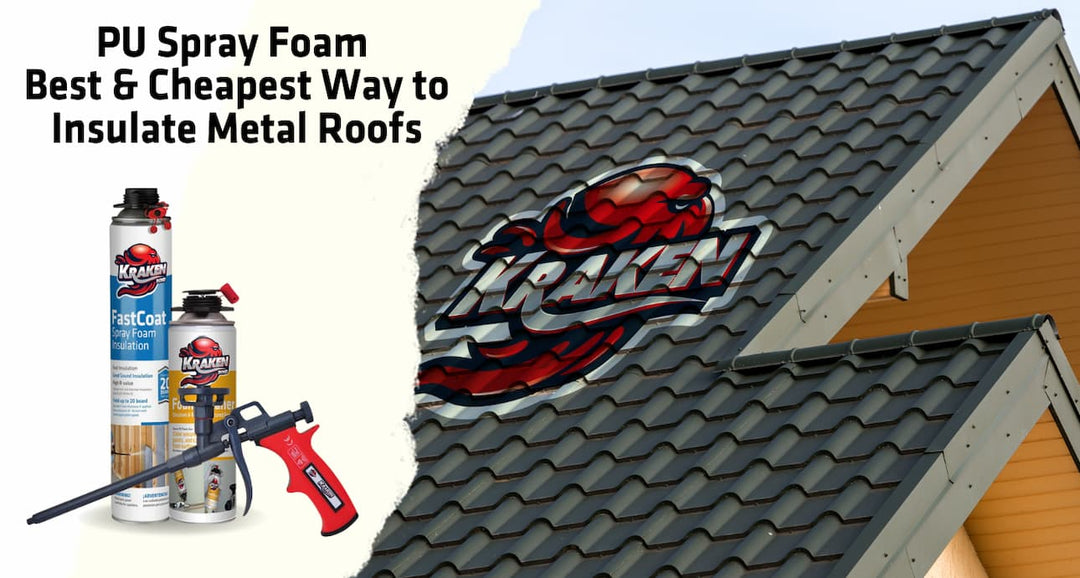
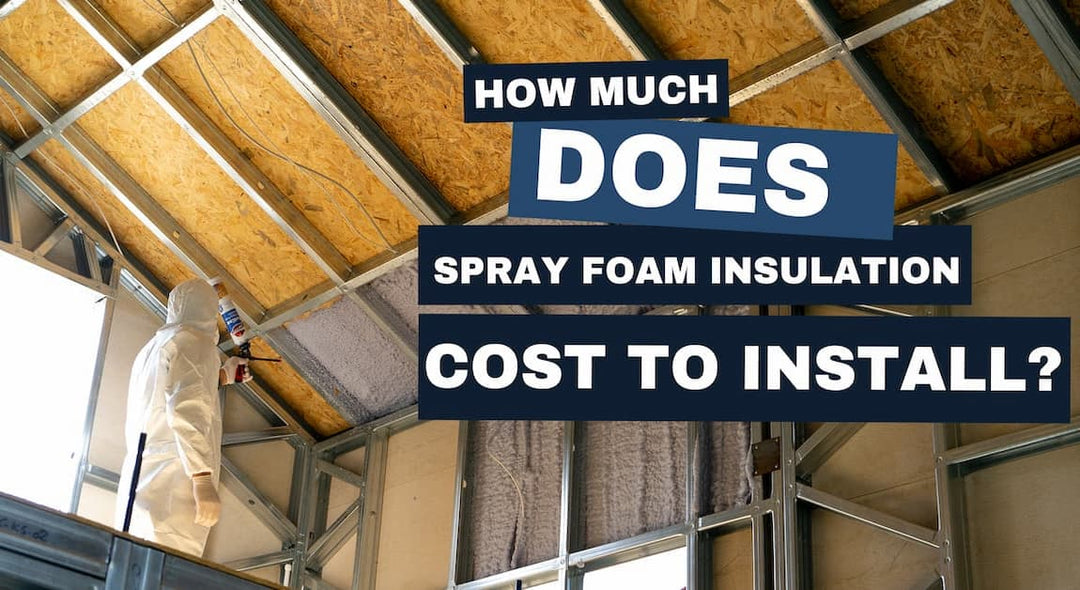
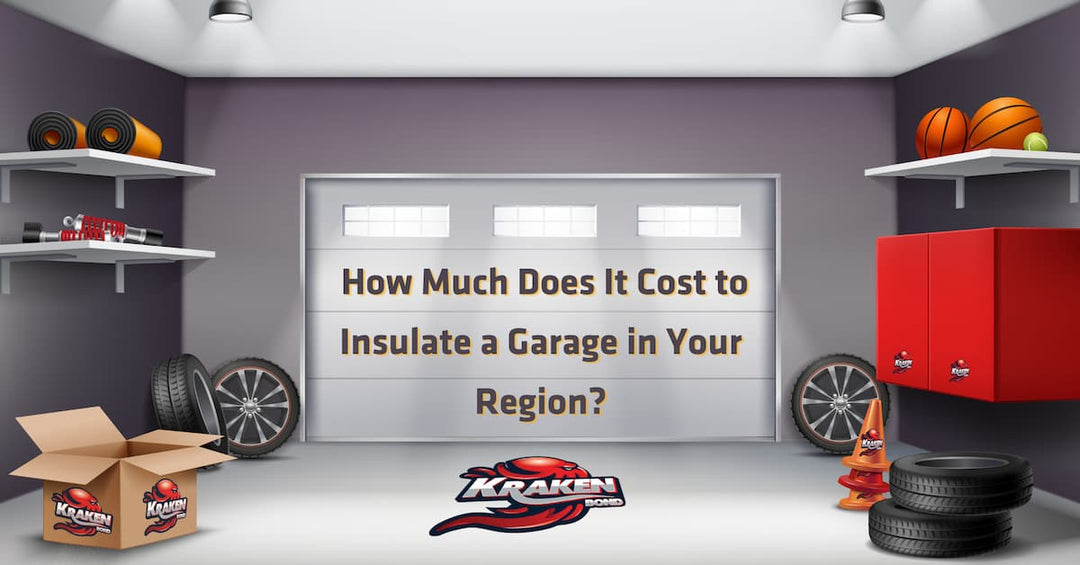
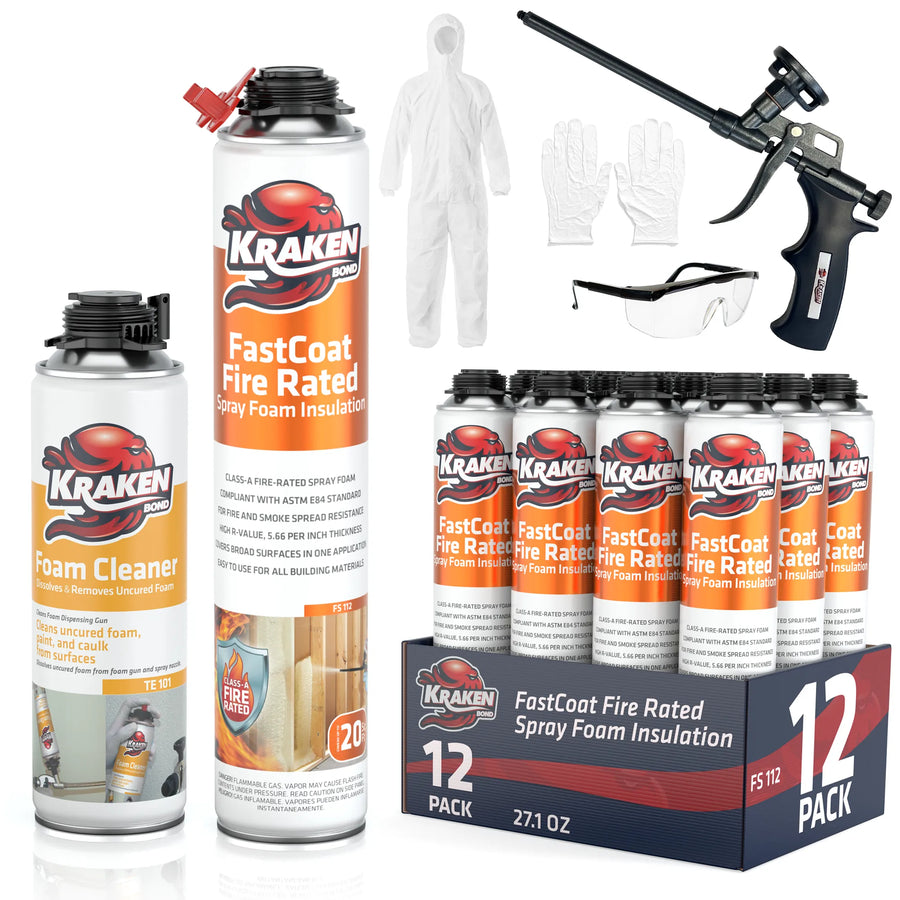







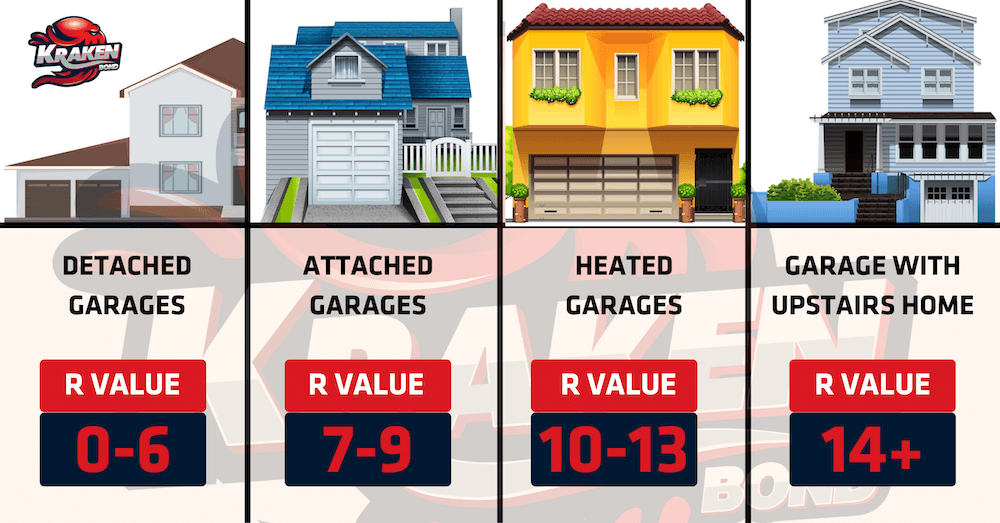
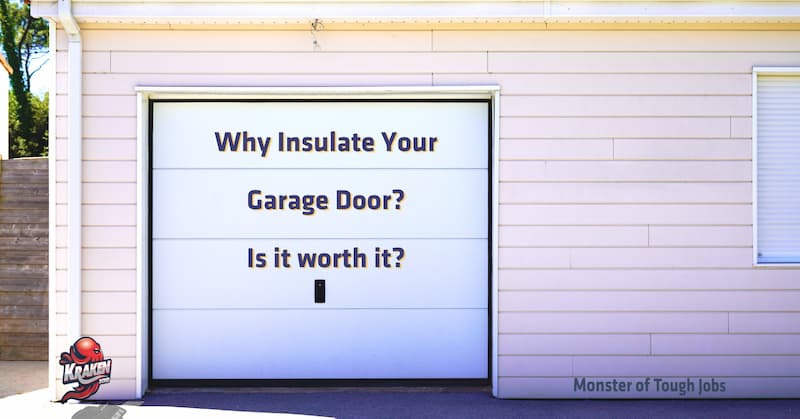
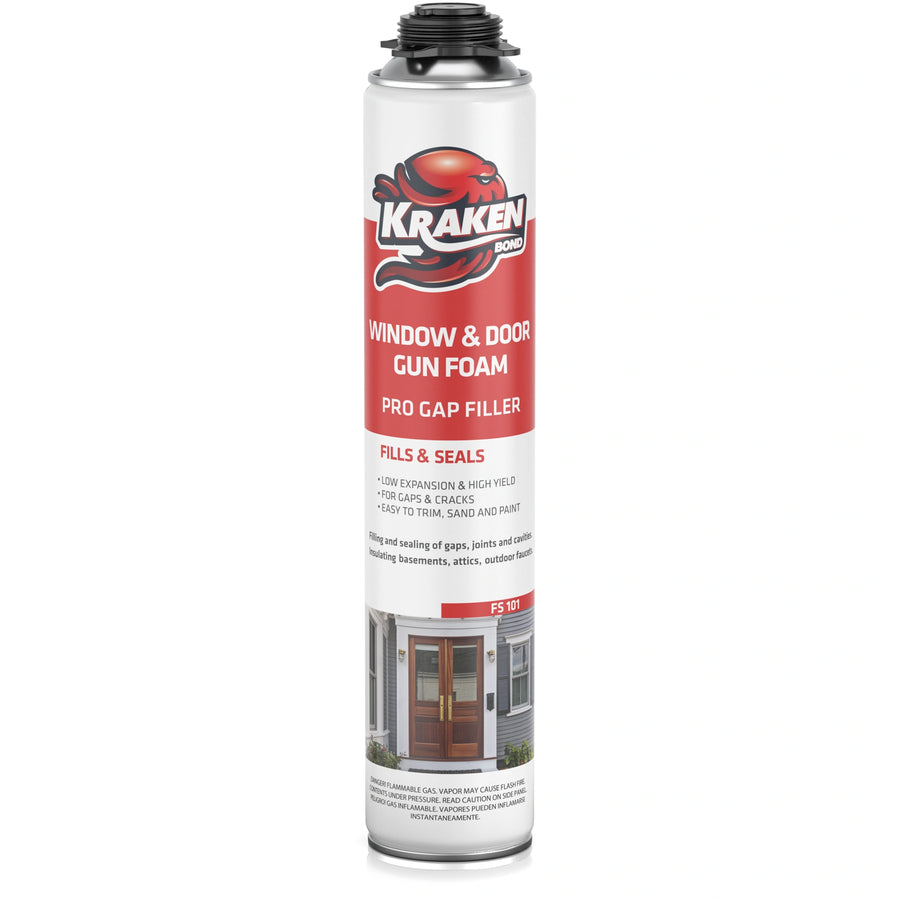
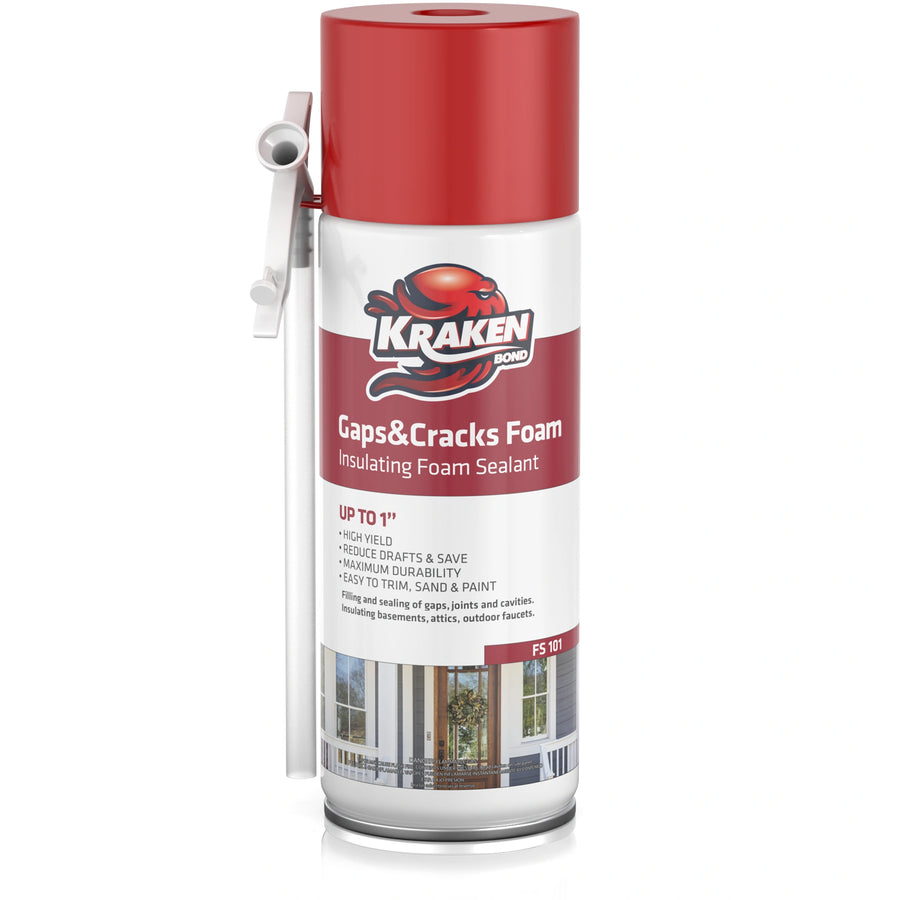
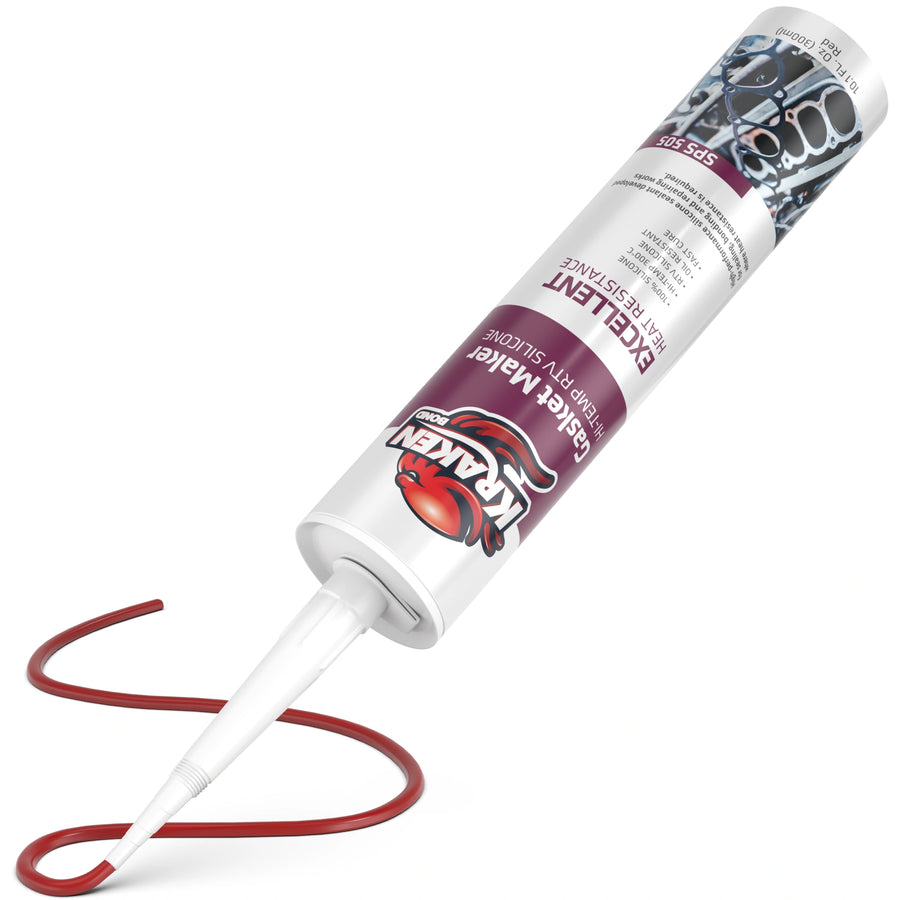
Dejar un comentario